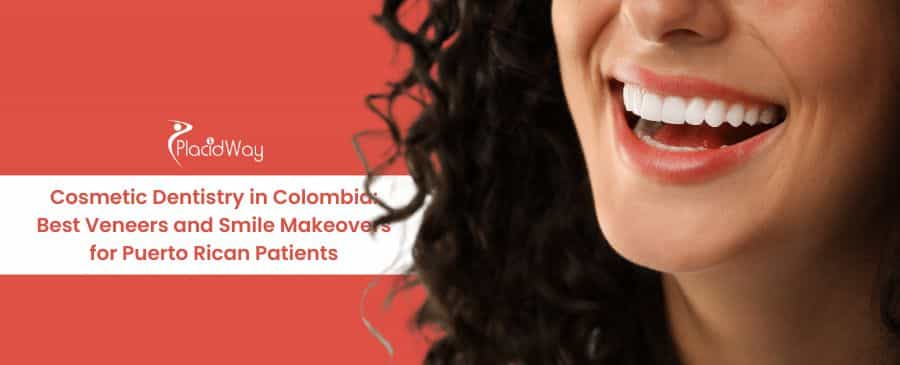
Patients from Puerto Rico are increasingly traveling to Colombia for high-quality, affordable cosmetic dentistry. Seeking a "Hollywood smile" that costs as much as a new car in the US, many find Colombia to be the ideal solution. Cities like Medellín, Bogotá, and Cartagena have become world-class hubs for dental tourism, combining highly-trained specialists, advanced technology, and savings of 50-70%.
This guide explains everything you need to know about getting veneers in Colombia, what a smile makeover package includes, and why it's a smart choice for patients from San Juan and beyond.
Key Takeaways
-
Massive Savings: Patients from Puerto Rico and the mainland US can save 50% to 80% on veneers and smile makeovers compared to local prices, even after factoring in flights and accommodation.
-
All-Inclusive Packages: Colombian dental packages are designed for international patients. They typically include the initial consultation, 3D Digital Smile Design (DSD), all necessary X-rays, the veneers (porcelain or composite), teeth whitening, a protective night guard, and often airport/hotel transfers.
-
Speed and Efficiency: What takes months of appointments in the US can be completed in 7 to 10 days in Colombia for porcelain veneers, or as little as 2-3 days for composite veneers, thanks to in-house dental labs.
-
Cost of Veneers (Per Tooth):
-
Colombia: Porcelain ($300 - $650); Composite ($120 - $400)
-
Mexico: Porcelain ($250 - $600); Composite ($150 - $350)
-
Turkey: Porcelain ($200 - $430); Composite ($120 - $250)
-
Puerto Rico / USA: Porcelain ($900 - $2,500+); Composite ($250 - $1,500)
-
-
Cost of a Full Set (20 Veneers):
-
Colombia: Porcelain (~$6,000 - $8,000); Composite (~$2,800 - $4,500)
-
Mexico: Porcelain (~$9,000); Composite (~$5,000)
-
Turkey: Porcelain (~$4,000 - $7,000); Composite (~$3,500 - $4,000)
-
Puerto Rico / USA: Porcelain (~$18,000 - $40,000+)
-
Why Puerto Rican Patients Choose Colombia for Dental Work
Proximity, cost, and quality are the three main drivers. Colombia offers a "best of all worlds" scenario for patients from Puerto Rico, combining the affordability of medical tourism with first-world quality standards and a short, easy flight.
For many in Puerto Rico, dental costs mirror those in the mainland United States, making cosmetic procedures prohibitively expensive. Colombia presents a compelling alternative for several key reasons:
-
Drastic Cost Savings: This is the primary motivator. The lower cost of living, reduced overhead, and favorable exchange rates allow Colombian clinics to offer identical procedures and materials (like Emax veneers) for a fraction of the price.
-
Geographic Proximity: A direct flight from San Juan (SJU) to Bogotá (BOG) or Medellín (MDE) is often just 2.5 to 3 hours. This makes the journey far easier and cheaper than traveling to other dental hubs like Turkey.
-
Advanced Technology & Training: Top Colombian dentists are often trained in the US or Europe and are members of international organizations like the American Academy of Cosmetic Dentistry. Clinics are equipped with CAD/CAM technology, 3D cone-beam CT scanners, and in-house labs, which means your veneers are designed and milled with precision on-site.
-
Cultural Familiarity: As a premier Latin American destination, Colombia offers a comfortable, welcoming environment for Spanish-speaking patients from Puerto Rico. Top clinics have bilingual (English/Spanish) staff dedicated to coordinating care for international visitors.
What is a Smile Makeover in Colombia?
A "smile makeover" (diseño de sonrisa) is not a single procedure but a customized combination of treatments to achieve your perfect smile. Veneers are the star of the show, but a true makeover is a comprehensive plan.
While many patients use "smile makeover" and "veneers" interchangeably, a full makeover is a holistic process. Your dentist will first assess your oral health and then create a plan that may include:
-
Veneers: The thin shells placed on the front of your teeth (covered in detail below).
-
Teeth Whitening: Often performed on the bottom teeth to match the new, brighter shade of the top veneers.
-
Gum Contouring: A laser procedure to reshape the gum line, creating a more even and symmetrical smile. This is key for fixing a "gummy smile."
-
Dental Crowns: Used to cover and protect teeth that are severely damaged, decayed, or misshapen, providing a 360-degree cap.
-
Dental Implants: If you have missing teeth, an implant may be recommended to fill the gap before the smile design is finalized.
Veneers in Colombia: Porcelain vs. Composite
Your main choice will be between porcelain (ceramic) and composite resin. Porcelain offers the best durability and aesthetics but costs more, while composite is a faster, more affordable, and reversible option.
Porcelain Veneers (Emax)
Porcelain veneers, particularly those made from a high-grade ceramic called Lithium Disilicate (Emax), are the gold standard for a permanent, stunning smile transformation. These are thin, custom-made shells crafted in a dental lab and then bonded to the front of your teeth.
-
Pros:
-
Highly Durable: Last 10 to 20 years with proper care.
-
Stain Resistant: Non-porous material repels stains from coffee, wine, and tobacco.
-
Natural Aesthetics: Emax mimics the translucency and light-reflecting properties of natural tooth enamel perfectly.
-
-
Cons:
-
Higher Cost: More expensive than composite.
-
Longer Process: Requires 2-3 appointments over 7-10 days as the veneers are fabricated in a lab.
-
Irreversible: Requires minimal shaving (preparation) of the natural tooth (about 0.3mm) to ensure a flush fit.
-
Composite Resin Veneers
Composite veneers (also called dental bonding) are made from a tooth-colored resin material that is applied directly to the tooth, then shaped and polished by the dentist in a single visit.
-
Pros:
-
Lower Cost: Significantly more affordable than porcelain.
-
Fast Process: Can often be completed in a single day or two.
-
Reversible: Typically requires little to no removal (shaving) of the natural tooth enamel.
-
Easy to Repair: If a composite veneer chips, it can be easily patched by a dentist.
-
-
Cons:
-
Shorter Lifespan: Last 5 to 7 years on average.
-
Prone to Staining: The resin is porous and can stain over time, requiring more frequent polishing.
-
Less "Natural": While aesthetics are very good, they may not achieve the same level of lifelike translucency as porcelain.
-
Did You Know?
Top dental clinics in Colombia use the exact same materials as elite US-based dental offices, including Ivoclar Vivadent Emax ceramic blocks and 3M dental composites. All medical devices and materials must be approved by INVIMA (Colombia's National Food and Drug Surveillance Institute), which functions similarly to the US FDA.
Cost of Cosmetic Dentistry in Colombia (2025 Estimates)
The cost savings are the most significant factor. A full set of 20 porcelain veneers that could cost $40,000 in the US or Puerto Rico can be done for as little as $6,000 in Colombia, using the same high-quality materials.
The price depends on the material chosen (porcelain is more expensive), the number of veneers, and the dentist's reputation. Below is a cost comparison of popular dental tourism destinations.
Cost Comparison: Veneers (Per Tooth)
| Procedure | Colombia (USD) | Mexico (USD) | Turkey (USD) | Puerto Rico / USA (USD) |
| Porcelain Veneer (Emax) | $300 - $650 | $250 - $600 | $200 - $430 | $900 - $2,500+ |
| Composite Veneer | $120 - $400 | $150 - $350 | $120 - $250 | $250 - $1,500 |
| Full Smile Makeover (20 Porcelain Veneers) | $6,000 - $8,000 | ~$9,000 | $4,000 - $7,000 | $18,000 - $40,000+ |
| Full Smile Makeover (20 Composite Veneers) | $2,800 - $4,500 | ~$5,000 | $3,500 - $4,000 | $5,000 - $30,000+ |
Note: Prices in Turkey may appear lowest, but for patients from Puerto Rico, the total travel time and flight cost are significantly higher, making Colombia a more practical and cost-effective choice.
The Smile Makeover Process: A Step-by-Step Journey
For porcelain veneers, plan to be in Colombia for 7 to 10 days. This allows for consultation, preparation, lab fabrication, and final fitting, with buffer time for adjustments.
Step 1: Virtual Consultation (From Home)
You'll send photos of your smile and X-rays (if you have them) to the clinic. You will have a video call with the dentist to discuss your goals, receive a preliminary treatment plan, and get a cost estimate.
Step 2: Arrival and In-Person Consultation (Day 1)
You'll be picked up from the airport (MDE, BOG, or CTG) and taken to your hotel. Your first appointment involves a comprehensive exam, new X-rays, and 3D scans. Here, you will use Digital Smile Design (DSD) software to choose the final shape, size, and shade (color) of your new smile.
Step 3: Tooth Preparation (Day 2)
The dentist will administer local anesthetic (it's not painful) and gently shave a very thin layer (0.3mm - 0.5mm) of enamel from the front of your teeth. This is done to ensure the veneers fit perfectly and don't look "bulky." The dentist will then take final impressions (molds) and place a set of temporary veneers so you can leave the clinic with a confident smile.
Step 4: Lab Fabrication (Day 3 - 6)
This is your "vacation" time. While you explore the city, the in-house dental lab will use your 3D scans and impressions to mill or hand-craft your permanent porcelain veneers.
Step 5: Final Bonding (Day 7-8)
You'll return to the clinic. The dentist will remove your temporary veneers, clean your teeth, and then try in the final porcelain veneers. You'll check the look and feel. Once you approve, the dentist will permanently bond each veneer to your teeth using a special cement and curing light.
Step 6: Final Check-up (Day 9-10)
You'll have a final check-up to check your bite and gum health. The dentist will provide your protective night guard and give you aftercare instructions before you fly home.
Are You a Good Candidate for Veneers?
Veneers are a fantastic cosmetic solution, but they are not right for everyone. Your underlying dental health must be good before any cosmetic work can begin.
You are likely a good candidate if you:
-
Have cosmetic issues like stained, discolored, or yellow teeth.
-
Have chipped, cracked, or worn-down teeth.
-
Have minor gaps or spacing between teeth.
-
Have slightly misaligned or crooked teeth.
-
Have good overall oral health (no active gum disease or decay).
You are likely not a good candidate if you:
-
Have active gum disease (gingivitis) or untreated cavities.
-
Suffer from severe bruxism (teeth grinding), as this can chip the porcelain.
-
Have severely crooked teeth (orthodontics like Invisalign may be needed first).
-
Do not have enough healthy enamel for the veneers to bond to.
Expert Insight
"The 'Colombia teeth' trend isn't just about being cheap; it's about value. Patients from the US and Puerto Rico are stunned they can get the same Emax veneers from a US-trained specialist with advanced 3D planning for 70% less. They are choosing Colombia not for 'cheap' dentistry, but for access to premium dentistry that is unaffordable back home." — A Cosmetic Dentist, Medellín
Risks, Recovery, and Aftercare
The procedure is very safe with minimal downtime. The most common side effect is temporary tooth sensitivity, and long-term care is as simple as good oral hygiene.
Risks and Recovery
The risks associated with veneers are very low when performed by a qualified cosmetic dentist.
-
Tooth Sensitivity: It's normal to experience some sensitivity to hot and cold for a few days after your temporary and permanent veneers are placed. This typically subsides quickly.
-
Gum Soreness: Your gums may be slightly sore for a day or two.
-
Downtime: There is no real downtime. You can resume normal activities (and sightseeing) immediately after your appointments. You should avoid very hard or sticky foods (like hard nuts, ice, or taffy) for the first few days.
Long-Term Aftercare
Caring for your new smile is straightforward:
-
Oral Hygiene: Brush and floss normally. Porcelain itself cannot decay, but the natural tooth underneath and around the edges can.
-
Night Guard: This is critical. Your dentist will provide a custom night guard. Wear it every night to protect your veneers from chipping or cracking if you clench or grind in your sleep.
-
Regular Check-ups: Continue to see your local dentist in Puerto Rico for regular 6-month cleanings and check-ups.
-
Composites: If you get composite veneers, you will need to return for a periodic polishing (every 1-2 years) to remove surface stains and maintain their shine.
How to Choose the Best Dentist in Colombia
Don't just look for the cheapest price. Vet your dentist and clinic thoroughly. Look for specialists in "oral rehabilitation" or "cosmetic dentistry," not just general dentists.
-
Check Credentials: Look for dentists who are specialists (often called "Prosthodontist" or "Odontólogo Estético"). Check if they have US or international training and are members of professional bodies.
-
Look at Before-and-After Galleries: This is the most important evidence. Do their results look natural? Do they match the "look" you want? Avoid clinics that only show overly white, "fake" looking smiles unless that is your goal.
-
Read Patient Reviews: Look for reviews from other international patients. Websites like Google, Trustpilot, and PlacidWay are good resources.
-
Verify the Technology: Ask if they use Digital Smile Design (DSD), 3D scanners (like iTero), and have an in-house lab. This signals a modern, high-quality clinic.
-
Prioritize Communication: Choose a clinic with a dedicated international patient coordinator who communicates clearly and promptly in English or Spanish.
Frequently Asked Questions (FAQ)
Is it painful to get veneers in Colombia?
No. The procedure is done under local anesthetic, so you won't feel any pain during the tooth preparation. You may have some mild sensitivity or gum soreness for a few days afterward, which is easily managed with over-the-counter pain relief.
How long do veneers from Colombia last?
Porcelain (Emax) veneers are very durable and last 10 to 20 years or even longer with proper care (especially wearing your night guard). Composite resin veneers have a shorter lifespan of 5 to 7 years before they may need to be replaced or touched up.
How many days do I need to stay in Colombia for a smile makeover?
Plan for 7 to 10 days for a full set of porcelain veneers. This allows time for the initial consultation, tooth prep, lab fabrication, and the final bonding and adjustments. For composite veneers, the process is much faster and can often be completed in just 2 to 3 days.
Do they have to shave my teeth down to stumps?
This is a common myth. That aggressive preparation is for dental crowns, not veneers. For modern porcelain veneers, the dentist only removes a tiny layer of enamel (about 0.3mm to 0.5mm), roughly the thickness of a contact lens. For composite veneers, there is often no shaving at all.
What happens if my veneer chips or falls off when I'm back in Puerto Rico?
This is rare but possible. If a composite veneer chips, any local dentist can easily repair it. If a porcelain veneer debonds (falls off), save the veneer and contact your Colombian clinic. It can often be re-bonded by a local dentist. Top Colombian clinics provide a guarantee on their work and will guide you on the next steps.
Can I just get 6 or 8 veneers on top?
Yes. Many patients only get veneers on their "smile line" (the 6, 8, or 10 teeth visible when you smile). Your dentist will then professionally whiten your other teeth to match the new shade, giving you a seamless, natural look for a lower cost.
Find Your Perfect Smile with PlacidWay
Ready to explore your options for a smile makeover in Colombia? You don't have to navigate this journey alone.
PlacidWay connects you with a network of pre-vetted, world-class dental clinics in Medellín, Bogotá, and Cartagena. We help patients from Puerto Rico and around the world get a transparent, all-inclusive price quote, review dentist credentials, and plan their trip with confidence.
Get a FREE, no-obligation quote for your cosmetic dentistry package today and discover how affordable your dream smile can be.

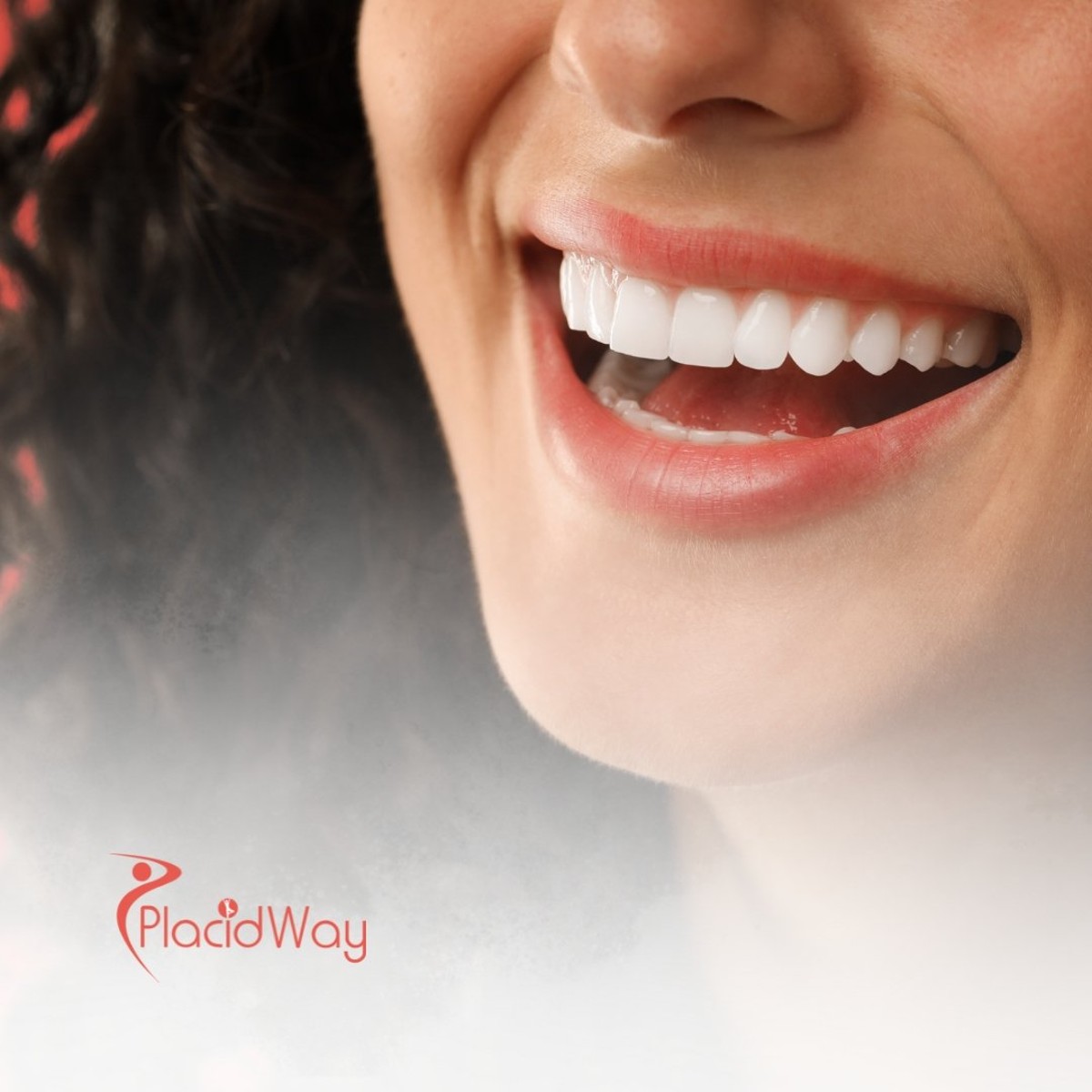





.png)


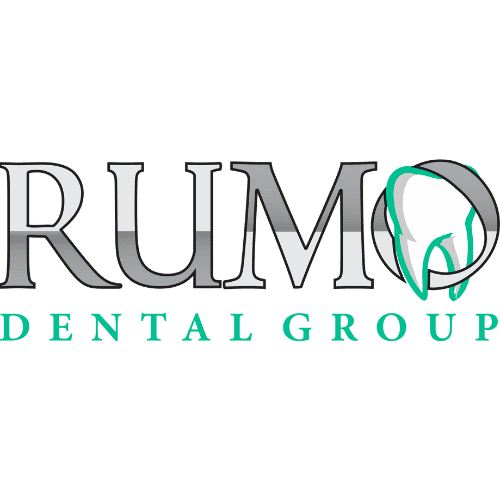

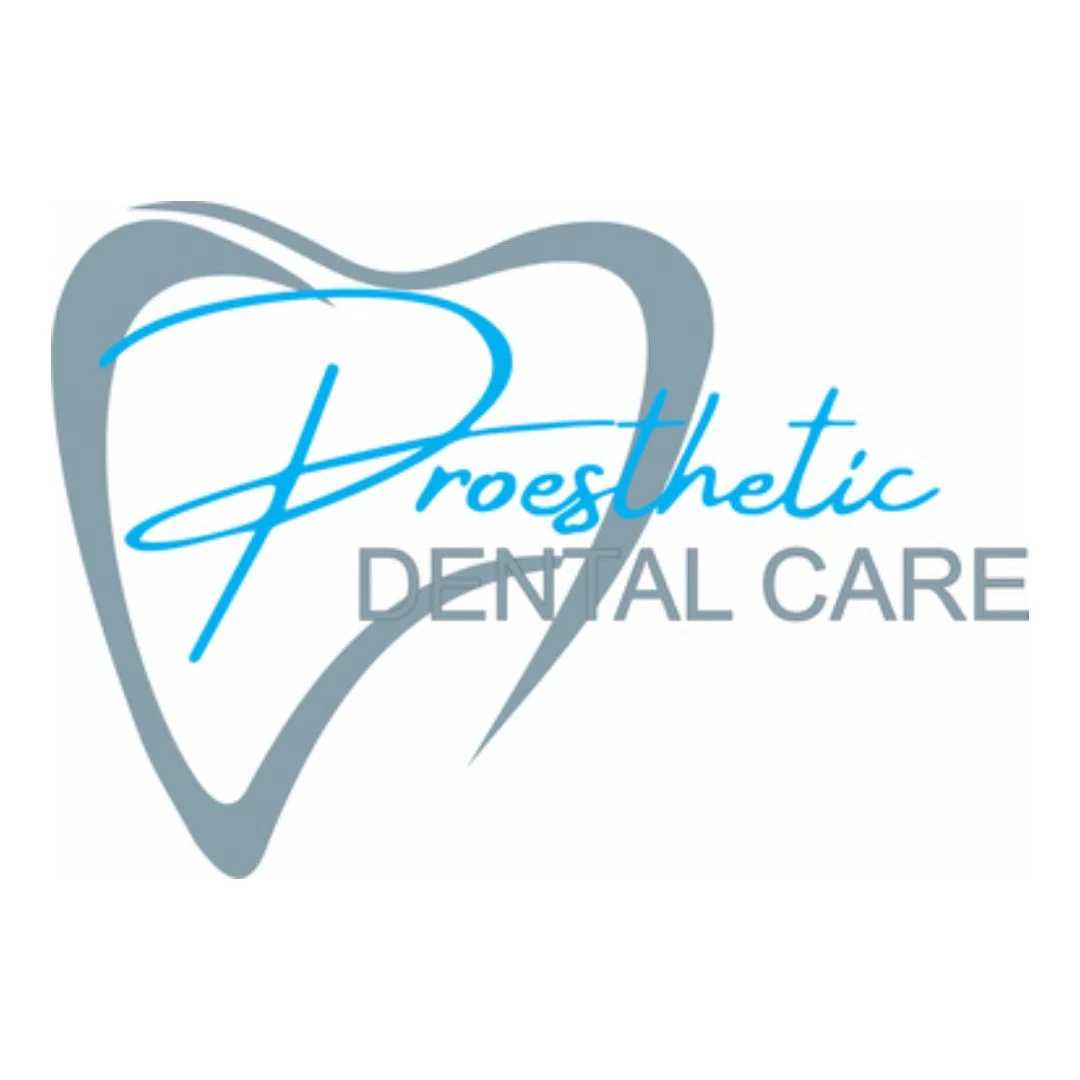
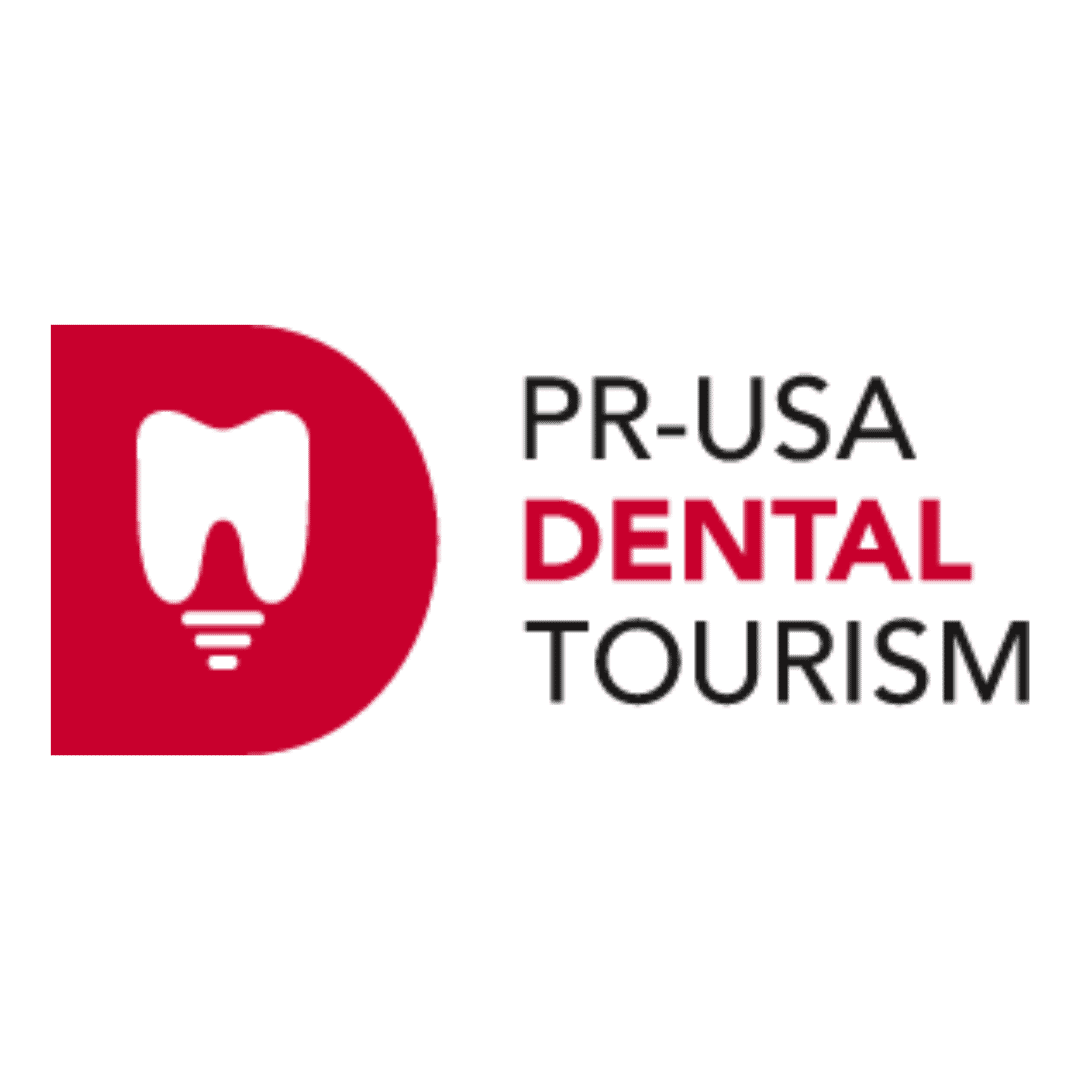
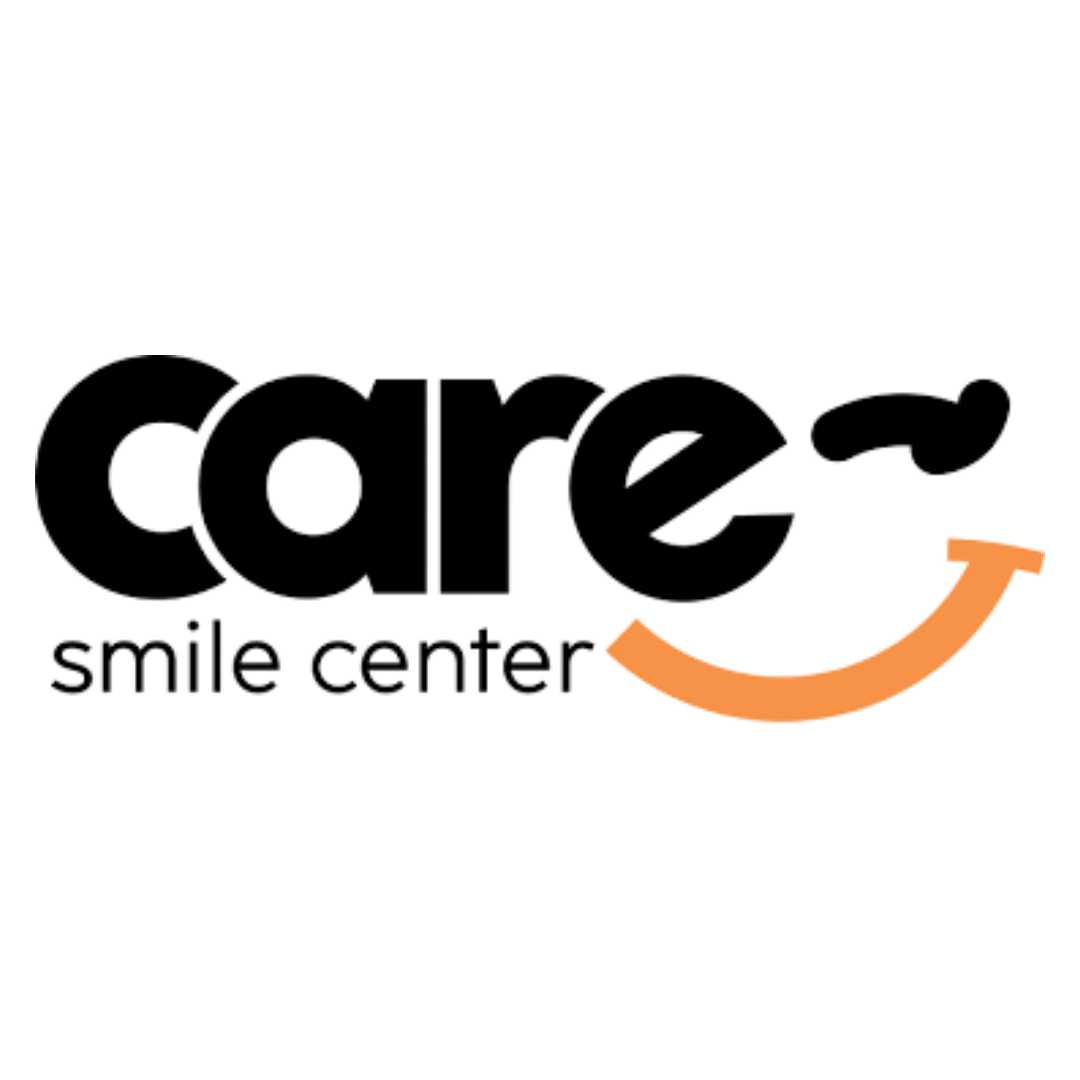

Share this listing